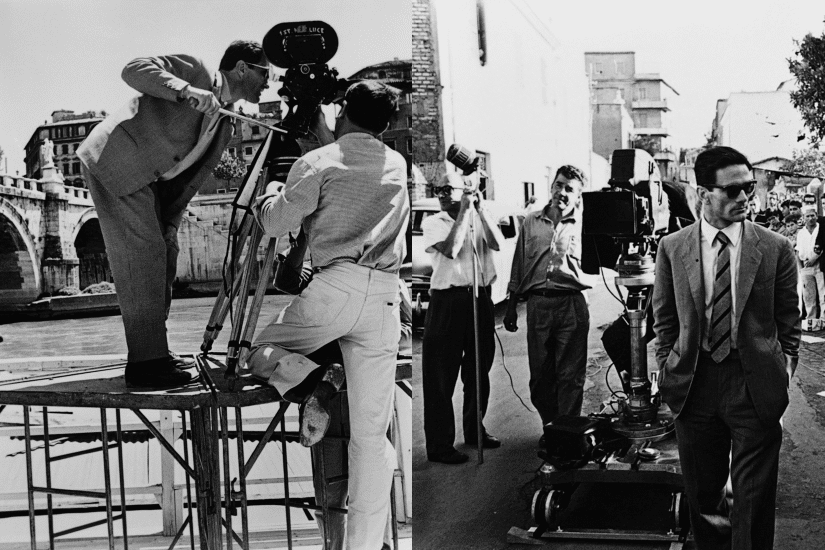One of the most important intellectuals of 20th century Italy, Pier Paolo Pasolini, was fascinated by the charm of ancient Rome. In 1960, he decided to film his first movie depicting the lower social classes of the city, which was completely different from the glamorous portrayal of the city in Federico Fellini’s “La Dolce Vita”. He and the cinematographer, Tazio Secchiaroli, searched together for the locations that would shape the film “The Beggar”. This exhibition will showcase Rome through the eyes of photographer Tazio, highlighting the contrasting styles of the two lenses and revealing the city’s beauty and darkness.
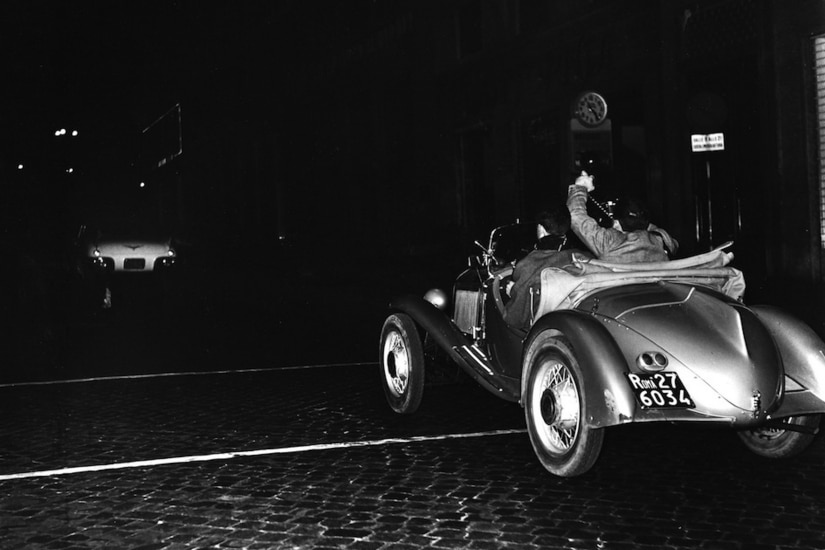
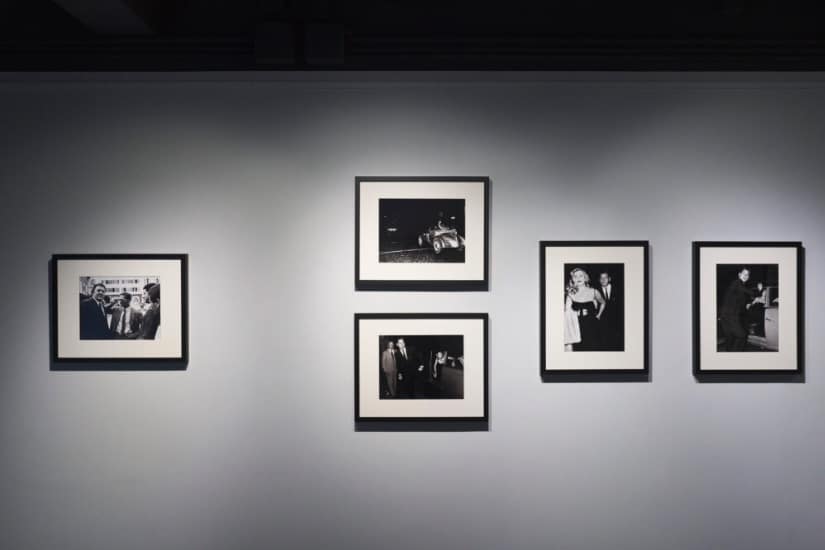
One part of the exhibition showcases some of the photographer Tazio’s work outside of film shooting, most of which are being shown for the first time, as well as some of his most famous works. These photos were taken by him on the streets of Venice, capturing the private images of celebrities. This experience made him the number one paparazzo at the time.
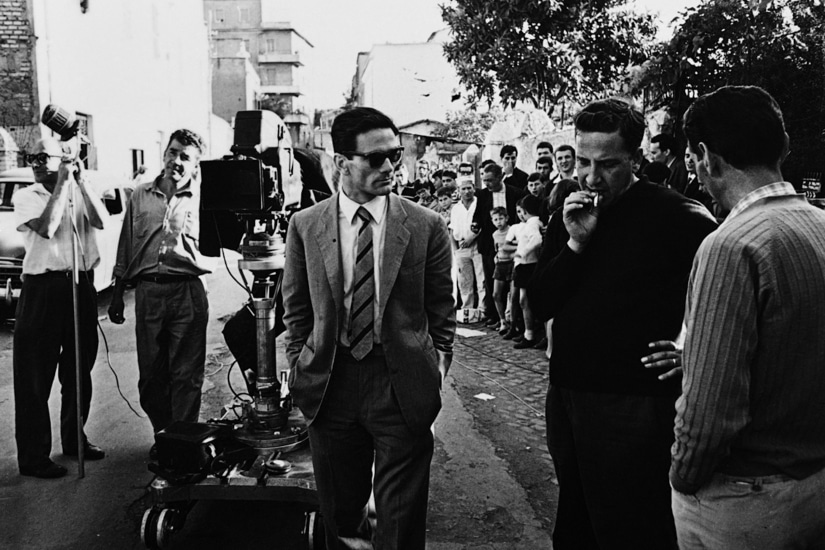
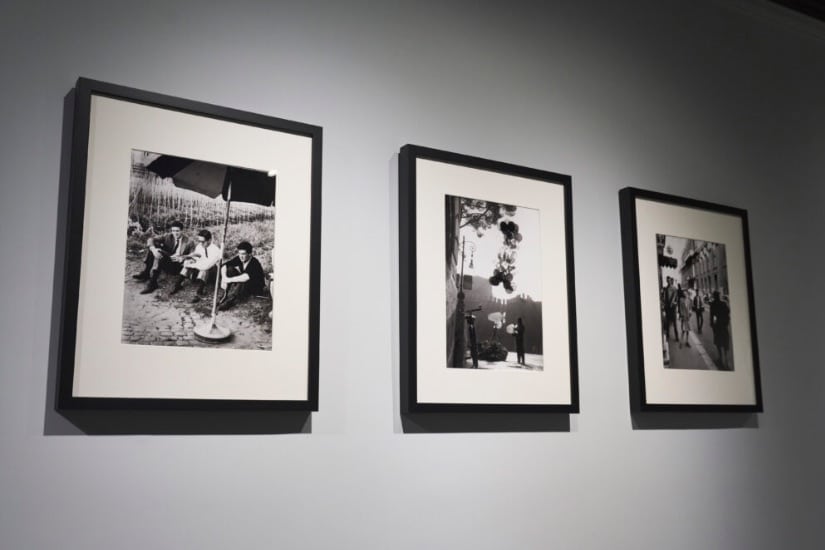
He worked with director Pier Paolo Pasolini to study how to best reflect these Roman communities, and took over 150 documentary photos, which have now become evidence of urban studies, architecture, and sociology in Rome.
Tazio’s lens not only captures the appearance of the environment, but it is also an analytical description. The photographer’s gaze focuses on the general public on the streets: children, women, a few men, and some dogs. They live on streets that are both spacious and bathed in sunlight. In midsummer Rome, far from the glamorous Via Veneto, situated between the metropolis and the social margins, we see a dusty and forgotten city, yet so real and full of vitality, forming a contrast with the glamorous Via Veneto and the gossip-filled Cinecittà film studios.
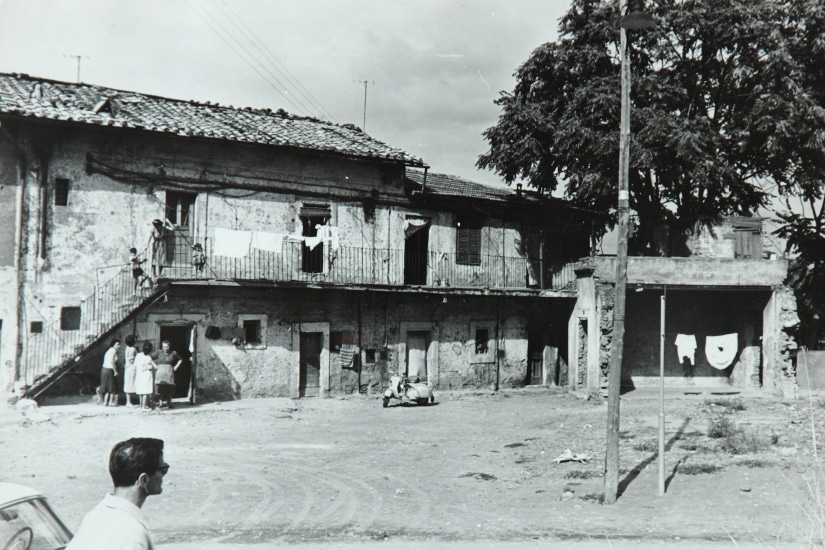
In the photos taken by Tazio for Pasolini, he temporarily set aside the thrill of taking secret photos on the streets of Veneto and turned to observe those infamous streets – the newly built residential buildings between the city and the suburbs, as well as the expressive faces of the residents. In order to keep an eye on his Lambretta scooter, it often appears in the photos. Tazio rides it through the newly constructed streets of Rome, filled with shanties and illegal houses, as well as the estate gates and farmhouses that evoke rural memories.
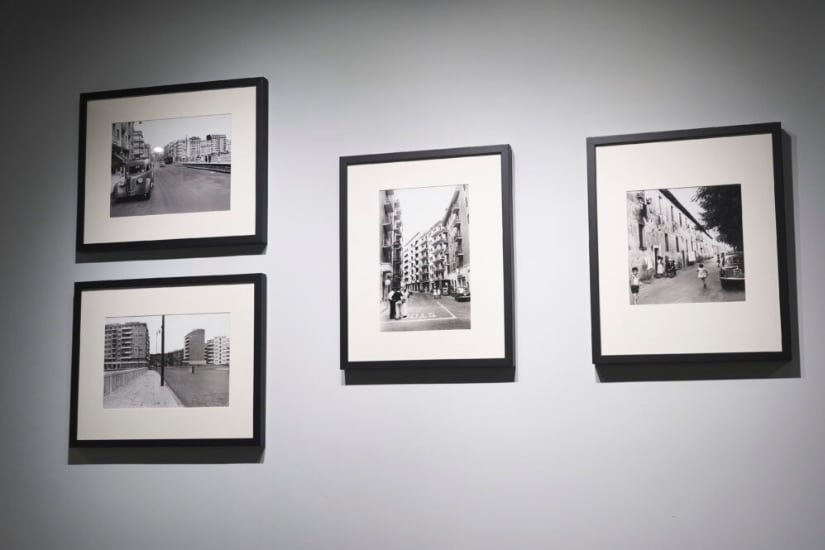
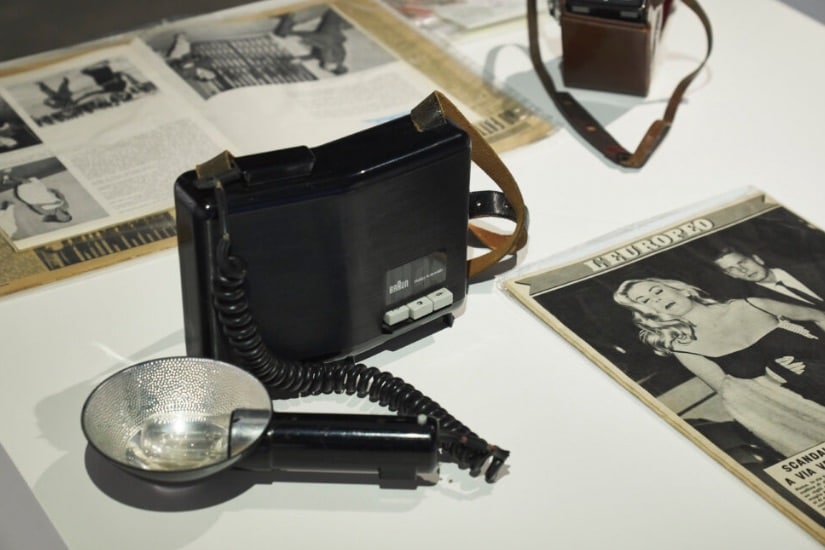
The movie “Beggars” tells the story of a marginalized individual who survives by exploiting young girls and is unable to escape from a difficult life. Director Pasolini felt that these faces, movements, and surroundings were just like real life: dirty and in a state of decay. The cinematographer worked with the director to capture these images.
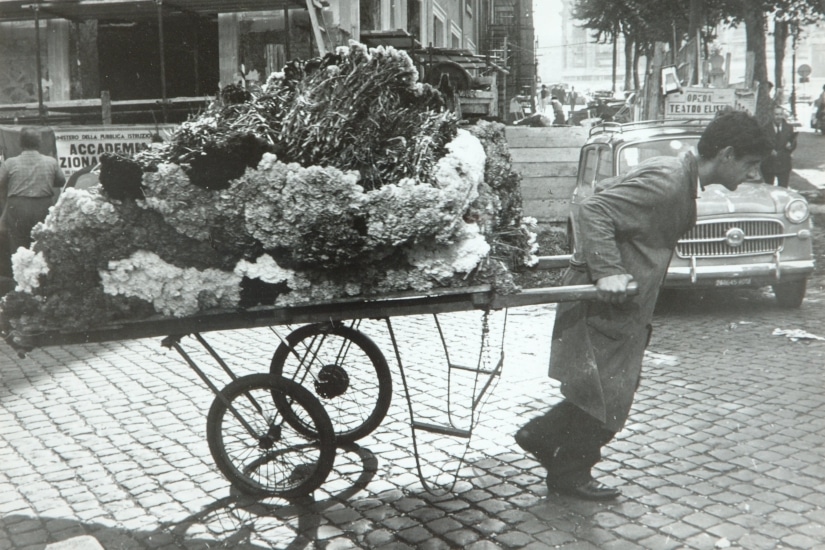
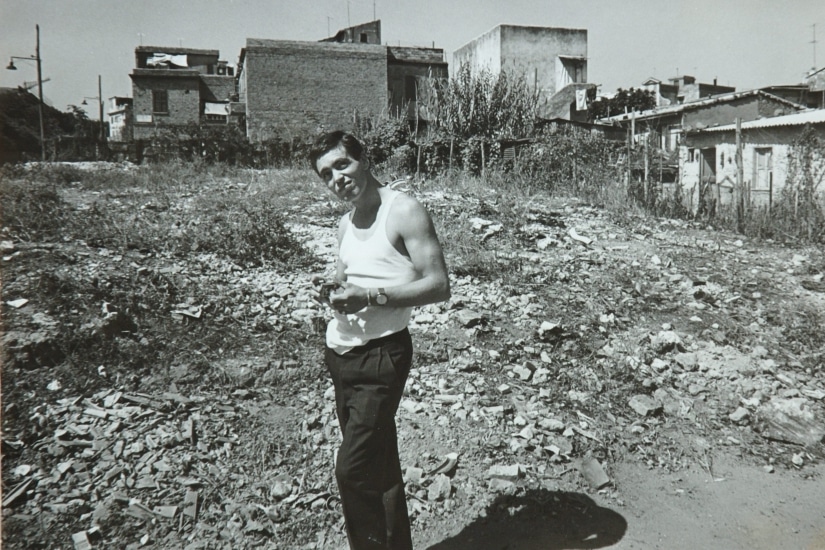
With Tazio’s understanding of Rome and its residents, as well as Pasolini’s insight into this city, we are able to witness the reality of Rome in the 1950s and 1960s. What is most interesting is their contradictory portrayal of both the center and the outskirts of society. Tazio, with his unapologetically sharp eye, employs two completely different photography techniques: one for shooting Pasolini’s films with a long lens, and the other using flash and close-ups as a paparazzo. Bustling or quiet, everything is just a street away or merely a lens away.
“The Other Side of Sweet Life: Pier Paolo Pasolini and Tazio Secchiaroli in the Filming Locations of ‘Beggars'”
Date: From now until December 23rd
Time: 12:00 PM to 7:00 PM
Location: Novalis Art Design, 197 Hollywood Road, Hong Kong”
Image source and learn more: Novalis Art Design

